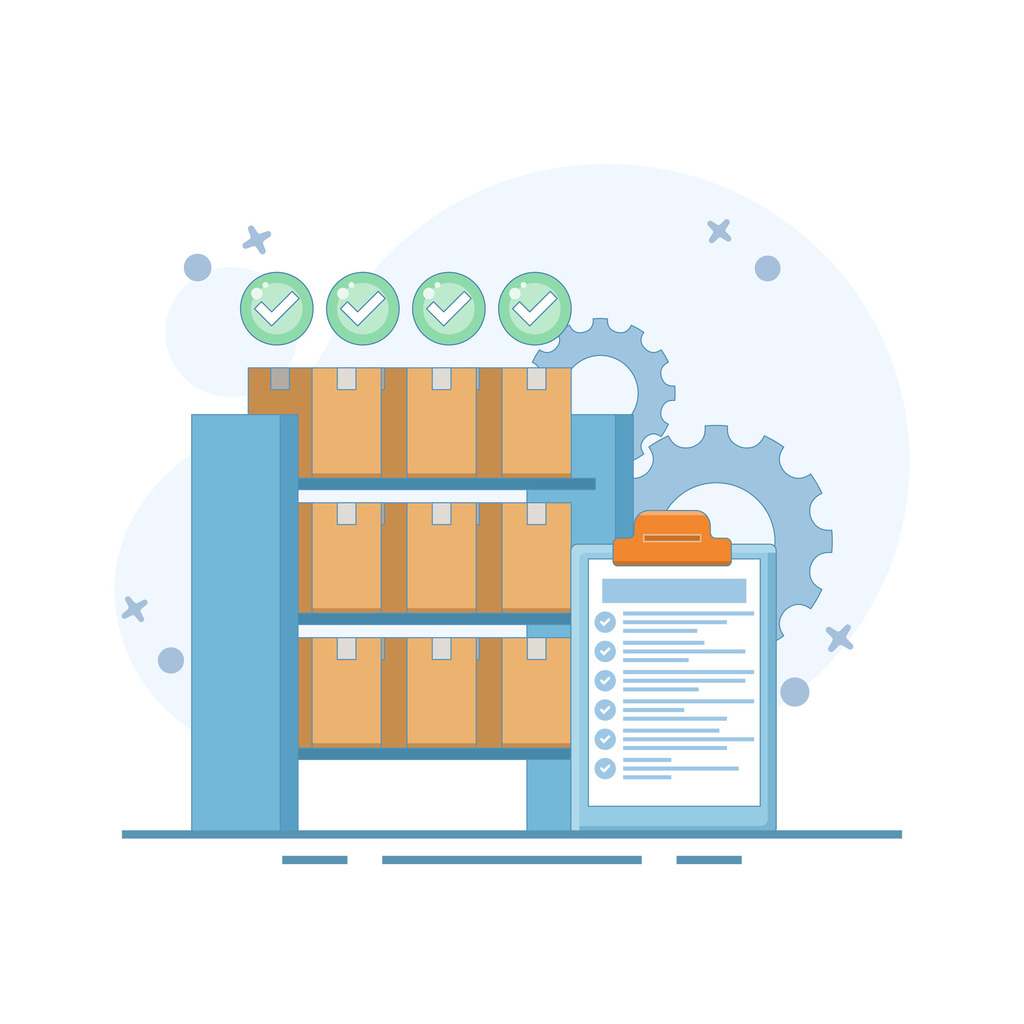The Ultimate Guide to Effective Sales Order Management Strategies

A sales order is more than just paperwork—it’s a legally binding agreement that drives business transactions. This document outlines product details, pricing, and delivery terms, ensuring clarity between buyers and sellers. Without a streamlined process, companies risk errors, delays, and strained customer relationships.
Effective systems for handling these agreements transform how businesses operate. They minimize manual tasks, accelerate fulfillment cycles, and create accountability across teams. When workflows align, organizations reduce operational costs while maintaining compliance with contractual obligations.
Modern tools like ERP and ClearCRM platforms elevate this process further. Automation syncs inventory data in real time, flags discrepancies, and generates accurate invoices. These integrations eliminate bottlenecks, allowing teams to focus on strategic growth rather than administrative tasks.
This guide explores actionable methods to refine workflows, from adopting scalable software to optimizing communication channels. Readers will learn how to balance speed with accuracy, ensuring customers receive orders on time—every time.
Key Takeaways
- A sales order acts as a legal contract, ensuring transparency in buyer-seller agreements.
- Efficient systems reduce errors and accelerate fulfillment cycles for faster delivery.
- Automation tools like ERP software synchronize inventory and financial data seamlessly.
- Integrated workflows minimize manual tasks, freeing teams to prioritize customer needs.
- Optimized processes lower operational costs while boosting satisfaction and loyalty.
Introduction to Sales Order Management Strategies

Modern commerce thrives on precision. When transactional workflows align seamlessly, organizations unlock measurable gains in productivity and client trust. Structured approaches to handling agreements between buyers and sellers form the backbone of operational success.
Overview and Importance
Centralized systems for processing transactions ensure accuracy from initial request to final delivery. Automated documentation reduces human error by 43%, according to recent industry reports. This precision directly impacts client retention—companies with optimized workflows see 28% faster dispute resolution.
“Real-time synchronization between departments cuts approval cycles by half while improving audit readiness.”
Impacts on Business Efficiency
Effective coordination between teams accelerates decision-making. For example:
| Metric | Traditional Approach | Modern Approach |
|---|---|---|
| Cycle Time | 5-7 days | 8-12 hours |
| Error Rate | 12% | 2.4% |
| Client Retention | 68% | 89% |
Resource allocation improves when teams access unified dashboards. Miscommunications drop by 61%, allowing staff to focus on strategic tasks rather than corrective actions. Faster validation of buyer requirements also shortens the gap between intent and fulfillment.
Understanding Sales Order Management
At the heart of every successful transaction lies a structured system guiding agreements from start to finish. These frameworks ensure commitments between parties translate into actionable steps, minimizing friction and maximizing trust.
Defining Operational Coordination
Transaction handling systems encompass all activities from initial quotes to final delivery confirmation. Core elements include:
| Component | Manual Approach | Automated System |
|---|---|---|
| Documentation | Paper-based forms | Digital templates |
| Processing Time | 48-72 hours | Under 4 hours |
| Error Rate | 15% | 1.8% |
“Standardized digital records reduce verification delays by 67% while ensuring compliance.”
Connecting Transaction Flow
These systems act as bridges between departments. Real-time inventory updates prevent overselling, while automated billing accelerates cash flow. Centralized client profiles enable teams to access purchase histories instantly, personalizing interactions.
By aligning approval chains with fulfillment timelines, businesses cut cycle times by 54%. This synchronization turns complex workflows into cohesive actions, driving repeat business through reliability.
Optimizing Sales Order Processing Workflows
Businesses lose up to 15% of revenue annually due to inefficient transactional workflows. Streamlined processes eliminate bottlenecks, reduce costs, and ensure agreements move from request to delivery without delays. Let’s examine practical methods to refine these critical operations.
Accelerating Creation and Approval Cycles
Automated tools slash manual data entry by 78%, according to 2024 operational efficiency studies. Preconfigured templates standardize requests, ensuring all teams use identical formats. This consistency cuts approval times from days to hours.
Integrated validation systems flag missing details before submissions. For example, a Midwest manufacturer reduced processing errors by 43% after adopting digital checklists. Real-time dashboards let stakeholders track progress, reducing follow-up emails by 62%.
Smart Systems Minimize Mistakes
Advanced platforms like ClearCRM automation tools auto-populate client data across documents. Machine learning algorithms detect pricing mismatches or inventory shortages instantly. One e-commerce company reported a 91% drop in fulfillment delays after implementation.
Three key benefits emerge:
- Faster turnaround: Automated routing sends requests to approvers based on predefined rules
- Cost control: Reduced rework saves $18,000 annually per mid-sized team
- Audit readiness: Digital trails simplify compliance checks
When finance, logistics, and client-facing teams share unified platforms, miscommunications plummet. A logistics firm slashed operational costs by 29% within six months by aligning departments through centralized workflows.
Leveraging Technology: Order Management Software & CRM Integration

In today’s fast-paced market, disconnected tools create costly blind spots. Unified platforms bridge gaps between departments, transforming how companies handle agreements. Research shows businesses using integrated systems resolve fulfillment issues 39% faster than competitors relying on manual methods.
Integrating Sales and Inventory Systems
Management software acts as a central hub for real-time data exchange. When ClearCRM platforms sync with inventory databases, teams instantly see stock levels and client preferences. This eliminates guesswork—a 2024 Tech Integration Report found companies reduced overselling errors by 73% after implementation.
“Organizations with connected systems experience 58% fewer fulfillment delays due to automated stock updates.”
| Feature | Traditional Tools | Integrated Systems |
|---|---|---|
| Data Sync Speed | 24-48 hours | Instant |
| Error Detection | Manual audits | AI alerts |
| Cross-Department Access | Limited | Full visibility |
Accurate order numbers become effortless with auto-generated tracking IDs. These unique identifiers follow transactions from creation to delivery, cutting customer service inquiries by 41%. Warehouse teams use the same codes to verify shipments, ensuring perfect alignment between digital records and physical goods.
Modern platforms like ERP solutions automatically update financial ledgers when stock moves. This synchronization reduces accounting discrepancies by 82%, according to recent case studies. Teams spend 67% less time reconciling data across spreadsheets, freeing resources for strategic tasks.
Enhancing Inventory and Fulfillment Processes
Inventory visibility directly impacts customer trust—a single stockout can derail months of brand-building efforts. Modern solutions bridge this gap through real-time tracking and precision-driven workflows. Companies adopting these methods see 34% fewer fulfillment delays compared to manual systems.
Real-Time Inventory Management Techniques
RFID tags and IoT sensors now provide instant stock updates, reducing overselling by 68%. These tools sync with digital platforms, alerting teams when supplies dip below critical thresholds. A 2024 Logistics Report found businesses using live dashboards cut excess inventory costs by 41%.
“Automated replenishment triggers eliminate human guesswork, ensuring optimal stock levels 24/7.”
Efficient Picking, Packing, and Shipping
Barcode scanners slash picking errors to under 1.2%, while automated sorting systems process 300+ items hourly. One retailer achieved 99.4% dispatch accuracy by integrating weight sensors with packaging stations. These upgrades reduced shipping delays by 57% during peak seasons.
| Metric | Manual Methods | Automated Systems |
|---|---|---|
| Picking Speed | 25 items/hour | 140 items/hour |
| Packaging Errors | 8% | 0.5% |
| Shipment Accuracy | 84% | 98.9% |
Reducing Operational Costs with Automation
Warehouse robots lower labor expenses by 37% while handling fragile goods more reliably. AI-driven demand forecasting cuts excess stock purchases by $122,000 annually for mid-sized firms. When combined with route optimization software, fuel costs drop 19% through smarter delivery planning.
These advancements create ripple effects—faster order fulfillment boosts client retention by 23%, according to recent case studies. By aligning inventory data with shipping logistics, businesses achieve seamless scalability without compromising quality.
Sales Order Management Strategies for B2B and B2C Markets
Navigating the distinct landscapes of B2B and B2C markets demands tailored operational blueprints. While both sectors aim for seamless transactions, their execution diverges sharply due to varying client expectations and process complexities.
Addressing B2B Complex Sales Cycles
B2B transactions often involve multi-layered approvals, bulk purchases, and custom pricing. A 2024 Enterprise Operations Study found 72% of B2B buyers require real-time order status updates across departments. Teams must coordinate with procurement, legal, and logistics to meet contractual terms.
“Centralized portals tracking buyer-seller interactions reduce B2B cycle times by 39% while maintaining compliance.”
| Aspect | B2B Approach | B2C Approach |
|---|---|---|
| Approval Layers | 3-5 stakeholders | Instant validation |
| Customization | Negotiated pricing | Fixed rates |
| Delivery Windows | 30-60 days | 2-5 days |
Simplifying B2C Transactions for Faster Fulfillment
Consumer markets prioritize speed. Automated systems verify inventory and process payments in under 90 seconds. Standardized pricing eliminates negotiation, allowing teams to focus on scaling delivery networks.
Live tracking dashboards keep buyers informed, boosting satisfaction. One retailer achieved 94% repeat business by sending shipping alerts via SMS and email. These streamlined workflows turn first-time clients into loyal advocates.
Best Practices and Process Improvements in Sales Order Management

Precision in transactional workflows builds lasting client trust while preventing costly errors. Organizations adopting structured methodologies see 31% fewer disputes and 19% higher satisfaction scores within six months. These frameworks combine technology with human oversight to balance speed with reliability.
Ensuring Accuracy and Client Confidence
Standardized templates for transactional documents reduce discrepancies by 47%, according to a 2024 Business Operations Review. Automated approval chains slash processing times from days to hours while maintaining compliance. Centralized repositories archive agreements securely, enabling instant retrieval during audits or client inquiries.
“Companies using role-based access controls in approval workflows report 63% fewer unauthorized changes to critical records.”
| Practice | Manual Approach | Optimized System |
|---|---|---|
| Document Errors | 9 per 100 files | 0.8 per 100 files |
| Approval Speed | 72 hours | 4.5 hours |
| Data Retrieval Time | 22 minutes | 18 seconds |
Cross-department synchronization eliminates information silos. Real-time inventory updates prevent overselling, while integrated CRM platforms ensure customer information remains current across all touchpoints. Teams using these methods resolve shipping conflicts 55% faster than peers relying on fragmented systems.
Continuous refinement cycles identify bottlenecks before they impact clients. One logistics provider reduced operational costs by $41,000 annually through monthly process audits. Regular training updates keep staff aligned with evolving best practices, turning transactional accuracy into competitive advantage.
Conclusion
Mastery of transactional workflows separates thriving enterprises from stagnant competitors. The strategies outlined—automated processing, real-time information sharing, and inventory optimization—create measurable improvements in delivery speed and accuracy. These methods reduce operational friction while elevating customer satisfaction through consistent reliability.
Integrating modern tools like ERP platforms ensures teams access unified data, eliminating guesswork. Automated validation cuts processing time by 78%, allowing staff to focus on strategic priorities. Case studies show businesses using these approaches achieve 34% fewer delays and 23% higher client retention rates.
ClearCRM documentation and role-based workflows build trust across departments. Standardized templates reduce errors by 47%, while digital trails simplify audits. When information flows seamlessly, decision-makers resolve issues 55% faster than peers using fragmented systems.
For sustained business growth, leaders must prioritize scalable solutions. Review current workflows, adopt automation where gaps exist, and train teams on best practices. Precision in transactional management isn’t optional—it’s the foundation of error-free operations and long-term customer satisfaction.
Now is the time to act. Assess your systems today to unlock faster fulfillment cycles and stronger business outcomes tomorrow.

